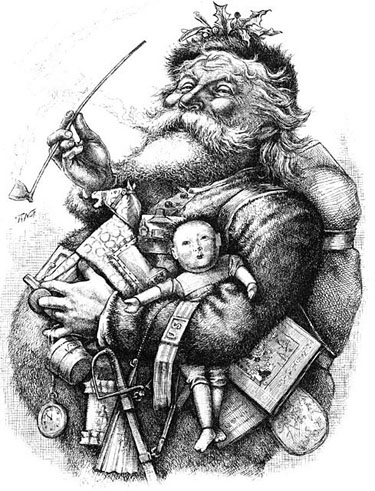In a few weeks the festive season will be upon us: this conjoined event stretches from Christmas to New Year’s day, or – for some – Hanukkah, which starts and ends even earlier, from sunset, 2018-12-02 to nightfall, 2018-12-10.

The social costs of this festive season are extraordinarily high. There is a peak in drug offenses, drunk driving and other forms of anti-social behavior. Traffic accidents increase, not just because of increased drug and alcohol consumption, but because people are driving tired.
Another challenge with Christmas is that people attempt to buy happiness, through expensive gifts. These do not make people feel any better, but can put people into debt.
Overeating is another factor that has a negative impact on health. While in many countries suicide rates are at their lowest in December, mental health issues peak. Once Christmas is over, there is a sharp rise in suicides, often peaking on New Year’s day. Excessive eating and drinking combined with inadequate exercise erodes physical and mental health, including but not restricted to insomnia, depression and stress.
If that is not enough, then the Christmas season signals a time to file for divorce, or in other ways end relationships, including friendships.
Perhaps the best introduction to an American Christmas is Penne Restad’s Christmas in America. (Oxford University Press, 1995).
The celebration of Christmas is not an old tradition. It was not even a holiday until the middle of the 19th century. In the United States, the American Civil War combined with urbanization and industrialization helped to promote it as a means of creating social unity. Prior to this, people of different denominations followed traditions brought with them from Europe. With improved communication and transportation, there was a greater awareness of ethnic and religious pluralism. At the same time, there was increased political and economic tension between regions, and groups. Soon Darwinism and science were challenging religion.
This 19th century Christmas gradually transformed itself into a family gathering that merged faith with commercialism. Yes, people may attend church services, but it was not the church, but the house that was the focal point of the holiday.
Christmas trees were in use by 1832. By the 1850s, Christmas was fully entrenched in Northern cities. After the Civil War, it captured the South.
Christmas tree ornaments emerged about 1870, with imports from Germany. While there were some Christmas cards in the early 1850s, demand exploded by about 1875. These soon replaced the more traditional Christmas letter.
Christmas gift-giving had its origins in the 1870s. Part of this was related to problems of extreme economic inequality that threatened social relationships. Thus, many of the gifts were charitable.
The American Christmas is incomplete without Clement Moore’s An Account of a Visit from Saint Nicholas in the 1820s. Here is the spirit of Christmas in the persona of Santa Claus, with fur-trimmed red suit, sack of toys, reindeer, sleigh and home at the North Pole.
Christmas dinner is so notable that it warrants its own Wikipedia article. See: https://en.wikipedia.org/wiki/Christmas_dinner
So how should Christmas be managed to avoid its negative aspects? The answer is to build more work-like attributes into it.
Activities should be planned, and scheduled. People should know what is happening, and what they personally are expected to do.
In the build-up to Christmas, people can be asked to design Christmas cards, to write an annual Christmas letter and/ or to plan meal menus. They should also use their skills to design and make decorations and presents. To reduce costs, guidelines can be given that make these more appropriate. For example, gifts are to be made from re-purposed materials.
Alcohol is not part of a normal work week, and (for me) there is no reason why it should be part of a leisure event, such as Christmas. Avoiding alcohol is yet another way to reduce costs, and to ensure relationships endure. To prevent meals from expanding waistlines, there should be calorie limits in place, and moderate quantities. At Cliff Cottage, the permanent residents weigh themselves daily. Some people make their weight publicly available, while others keep it private.
When families get together to celebrate, there should be fixed times to arise, and to head off to sleep. There should be opportunities for exercise, and opportunities for every individual to be alone. Child-minding should be an activity distributed among the adults.
While there may be a desire to spend some time listening to music, or watching a film, moderation is also a key here. In fact, it could be more fun to sing, or perform musically together, rather than to listen to someone else’s efforts. Perhaps, the entire family could have fun making a video, rather than watching someone else’s.
Let us all make Christmas fun again, but putting structure and moderation in place during Christmas, 2018!


weighing yourselves daily seems obssessive.
Yes, CM, it is obsessive, but it is the only way that I can maintain an acceptable weight. I have upper and lower limits that are 1 kg apart. If I am above the upper limit then I reduce the amount of food I eat, and work at more energy demanding tasks. If I am below the lower limit, then I treat myself to desert!
This is a kind of wet blanket for yule tide fun Brock!
However, I should talk. I’ve given up on cards, gift giving, etc.